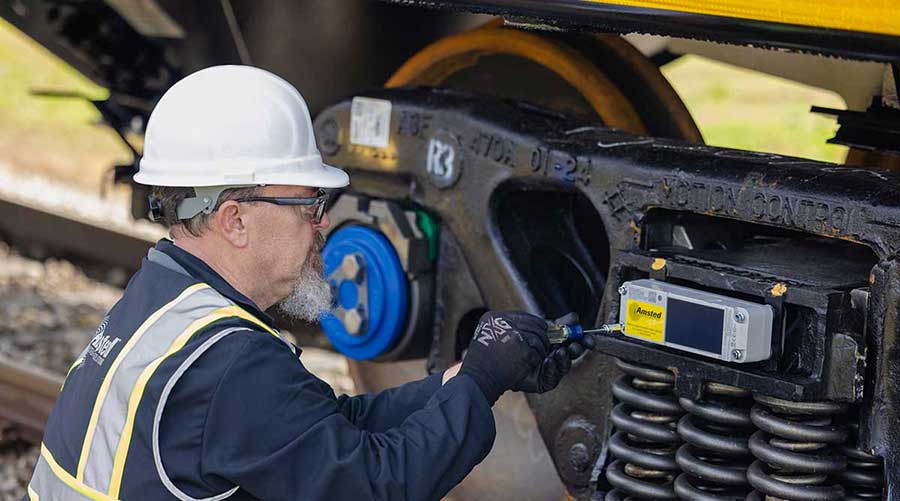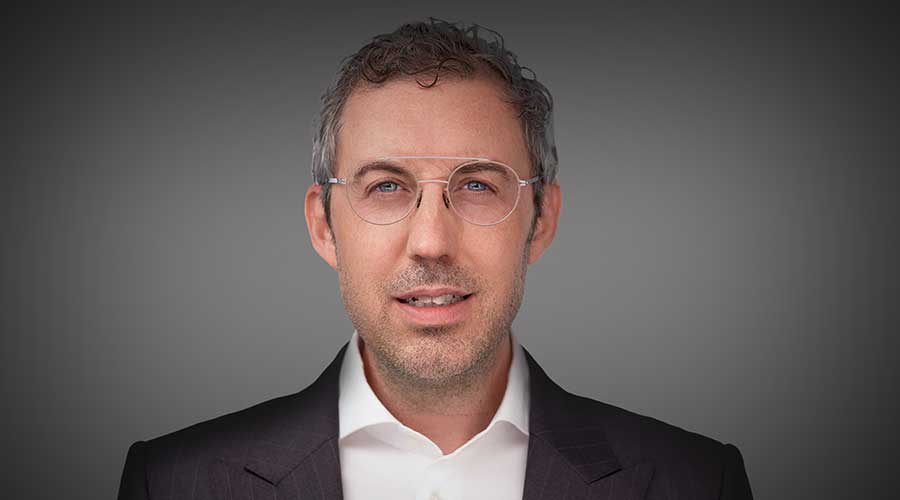Stay updated on news, articles and information for the rail industry
February 2014
Rail News: Rail Industry Trends
On rail safety, capex, risk and the road ahead — by Tony Hatch
— by Tony Hatch
Basta! I was born in Rome and this was the first word I learned as a child — it's Italian for "Enough!" It's also a word that applies now, after the fourth major crude-by-rail (CBR) accident (the second in a matter of weeks) occurred since last summer. The most recent accident occurred on the CN, following accidents on the BNSF Railway, Genesee & Wyoming's Alabama & Gulf Coast Railway and, of course, the Montreal, Maine & Atlantic (MM&A).
News of this latest accident — fortunately, it was, like the two prior, without injury or death — came as I was stepping to the podium at the National Railroad Construction and Maintenance Association's annual conference last month. NRC was jammed (about 1,130 people, a record), sunny (in Palm Springs) and happy (record railroad capex for three straight years, with every indication at NRC that a fourth is coming in 2014). But my speech and the news threw some cold water on the "love-in," even though the rail network — the critical element NRC members contribute to building and maintaining, and the major focus of the billions of capex dollars at a rate of roughly five times the average manufacturer — hasn't been cited as the root reason behind any of the accidents.
Despite the spend and focus on safety, 2013 will be remembered as an annus horribilis for rail safety perception. That said, 2013 also will be another record-breaking year for rail safety, according to the Federal Railroad Administration's unaudited stats on reportable injuries — and that's at least in part due to the rails' renewed focus and the large capex.
Nonetheless, perception can become reality, especially as photos of mushroom clouds and accounts of the horrible last hours of Lac-Mégantic continue to make the news — and as U.S. and Canadian politicians and regulators feel the need to do something, anything, to correct (at times, over-correct; think PTC) the problem. On Jan. 18, the U.S. Department of Transportation convened a closed-door meeting with major players in the complicated CBR supply chain in what U.S. Transportation Secretary Anthony Foxx said was a "call to action." He added: "The railroad industry, if they are motivated, can take preventative steps that will enhance ... (CBR) safety." The emphasis was mine: IF they are motivated? Secretary Foxx sounds like the typical citizen: unaware of the great strides railroads have made to rank as high in safety as they do.
We have already seen where higher casualty costs hit CSX in Q4 2013 by two cents per share, net — exactly enough to have them report below "consensus" estimates and drop the entire industry's shares for a day. Railroad injuries come with a cost, not just legal and financial, but in terms of how railroads are perceived by communities, governments, regulators (see tank-car changes at $20,000 to $40,000 per retrofit or the pushback on one-man crews) and shippers. Recent reports from the New York and North Dakota U.S. Senate delegations have put real pressure on rails with calls for field regulators (and thus rail reporting), on-board cameras, etc.
Rails carry dangerous goods, often much more dangerous than crude oil. They have to, due to common carrier requirements. Despite the decent profit involved with carrying some of those goods, the risk is still too large to allow under normal circumstances; any risk officer, chief operating officer or CEO wouldn't allow it in return for almost any amount of compensation. The MM&A was sold at auction last month to a Fortress Investment Group partner. Perhaps a more fair apportionment of risk will come out of the tank-car discussions.
Regardless, railroads must (and will) continue to maintain the network at the highest level. There are competing uses of cash, of course: buybacks and dividends. Although the average listed company is spending almost as much on stock buybacks as the record (pre-crash) year of 2007, the rails maintain a balanced free-cash policy heavily weighted to capex. There's more behind that than safety; service is ever more critical, and I fear that 2013 will be seen as a setback in that area, too. They are two sides of the same coin, and I expect more focus from an already-motivated Class I and short-line leadership, bigger capex numbers and a busy year for NRC members.
For the financial stakeholders in the rail renaissance, higher service and safety numbers must be achieved, and that requires focus — and money. But the rewards (in the form of ROI) are clearly worth it.
Tony Hatch is an independent transportation analyst and consultant, and a program consultant for Progressive Railroading's RailTrends® conference. Email him at abh18@mindspring.com.
Keywords
Browse articles on rail safety crude by rail railroad capex Tony HatchContact Progressive Railroading editorial staff.


 2025 MOW Spending Report: Passenger-rail programs
2025 MOW Spending Report: Passenger-rail programs
 Gardner steps down as Amtrak CEO
Gardner steps down as Amtrak CEO
 Guest comment: Oliver Wyman’s David Hunt
Guest comment: Oliver Wyman’s David Hunt
 Women of Influence in Rail eBook
Women of Influence in Rail eBook
 railPrime
railPrime






